In the serene world of swimming pools, where crystal-clear waters beckon, there lies a hidden challenge that can disrupt the perfect pool experience: high cyanuric acid (CYA) levels. This often-overlooked aspect of pool maintenance can lead to a host of problems, from water quality issues to potential health hazards. Let’s dive in and explore why high CYA levels in swimming pools can pose several challenges.
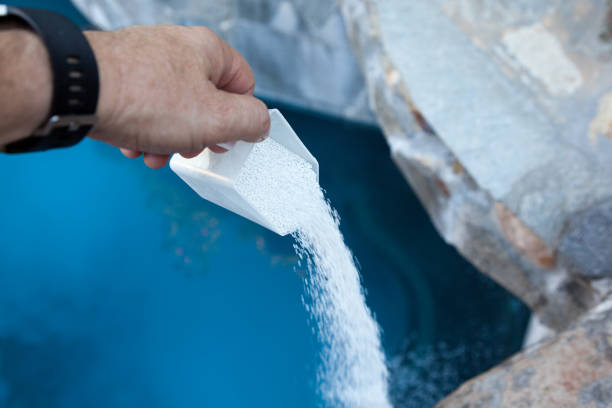
- Understanding CYA and Its Role
High cyanuric acid (CYA) levels in swimming pools can pose several challenges, but first, it’s crucial to understand what CYA is and its role in pool maintenance. Cyanuric acid is a chemical compound commonly used in pools to stabilize chlorine, preventing it from being degraded by sunlight. While it plays a vital role in maintaining chlorine levels, excessive CYA can lead to complications.
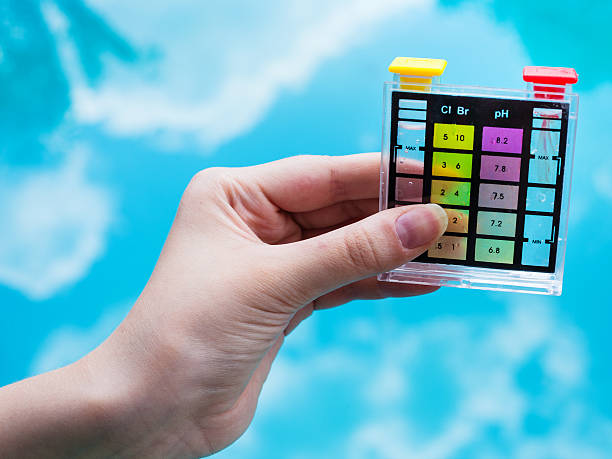
- Impact on Water Quality
One of the primary challenges of high CYA levels in swimming pools is the impact on water quality. Excessive CYA can hinder the effectiveness of chlorine, leading to inadequate sanitation. This can result in cloudy water, algae growth, and an increased risk of waterborne illnesses. Maintaining the optimal CYA level is crucial for ensuring clear, safe pool water.
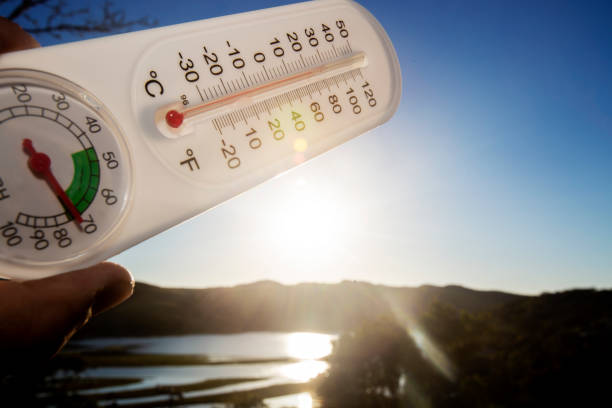
- Reduced Chlorine Effectiveness
Excessive CYA levels can reduce the effectiveness of chlorine in sanitizing the pool water. This is because CYA acts as a stabilizer, protecting chlorine from degradation due to sunlight. However, at high levels, it can “lock up” chlorine, making it less available to kill bacteria and algae.
Algae Growth: Inadequate chlorine levels due to high CYA can lead to increased algae growth in the pool. Algae thrive in poorly sanitized water, and if left unchecked, they can cloud the water and create slippery surfaces.

Increased Risk of Contamination: With reduced chlorine effectiveness, there’s a higher risk of bacterial and viral contamination in the pool water, which can pose health risks to swimmers.
Challenging to Correct: Lowering CYA levels in a pool can be challenging and may require dilution of the water through partial draining and refilling or using specialized CYA-reducing products.
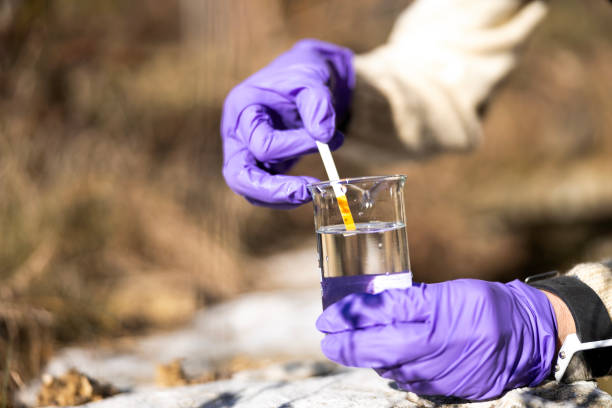
- Potential Health Hazards
Elevated levels of cyanuric acid in swimming pools can pose potential health hazards to swimmers. Inadequate chlorine levels due to high CYA can result in increased levels of bacteria and other contaminants in the water, raising the risk of recreational water illnesses (RWIs). These can cause a range of symptoms, including skin irritation, respiratory issues, and gastrointestinal problems.

- Increased Costs and Maintenance
High cyanuric acid levels can also lead to increased costs and maintenance requirements for swimming pool owners. Inadequate sanitation due to high CYA levels can result in the need for additional chemicals and treatments to maintain water quality. This can add up over time, increasing the overall cost of pool maintenance.

- Preventing High CYA Levels
To prevent the challenges associated with high CYA levels, it’s essential to practice proper pool maintenance. Regularly test the water for CYA levels and adjust as needed to keep them within the recommended range. Additionally, consider using alternative sanitization methods, such as saltwater systems, which can help reduce reliance on chlorine and CYA.
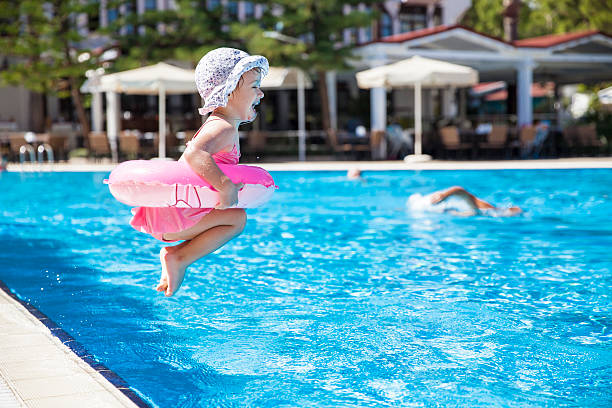
In conclusion, high cyanuric acid (CYA) levels in swimming pools can pose several challenges, impacting water quality, chlorine effectiveness, and potentially, the health of swimmers. By understanding the role of CYA in pool maintenance and taking proactive measures to prevent high levels, pool owners can ensure a safe and enjoyable swimming experience for all.

References:

Can you be more specific about the content of your article? After reading it, I still have some doubts. Hope you can help me.
Thank you, your article surprised me, there is such an excellent point of view. Thank you for sharing, I learned a lot.
Your point of view caught my eye and was very interesting. Thanks. I have a question for you.
Your point of view caught my eye and was very interesting. Thanks. I have a question for you.
Thank you for your sharing. I am worried that I lack creative ideas. It is your article that makes me full of hope. Thank you. But, I have a question, can you help me?
Your article helped me a lot, is there any more related content? Thanks!
I don’t think the title of your article matches the content lol. Just kidding, mainly because I had some doubts after reading the article.
I don’t think the title of your article matches the content lol. Just kidding, mainly because I had some doubts after reading the article.
Your point of view caught my eye and was very interesting. Thanks. I have a question for you.
Thank you for your sharing. I am worried that I lack creative ideas. It is your article that makes me full of hope. Thank you. But, I have a question, can you help me?
Thank you for your sharing. I am worried that I lack creative ideas. It is your article that makes me full of hope. Thank you. But, I have a question, can you help me?
I don’t think the title of your article matches the content lol. Just kidding, mainly because I had some doubts after reading the article.
**mindvault**
mindvault is a premium cognitive support formula created for adults 45+. It’s thoughtfully designed to help maintain clear thinking
**sugarmute**
sugarmute is a science-guided nutritional supplement created to help maintain balanced blood sugar while supporting steady energy and mental clarity.
**gl pro**
gl pro is a natural dietary supplement designed to promote balanced blood sugar levels and curb sugar cravings.
**prostadine**
prostadine is a next-generation prostate support formula designed to help maintain, restore, and enhance optimal male prostate performance.
**prodentim**
prodentim an advanced probiotic formulation designed to support exceptional oral hygiene while fortifying teeth and gums.
**nitric boost**
nitric boost is a dietary formula crafted to enhance vitality and promote overall well-being.
**glucore**
glucore is a nutritional supplement that is given to patients daily to assist in maintaining healthy blood sugar and metabolic rates.
**vitta burn**
vitta burn is a liquid dietary supplement formulated to support healthy weight reduction by increasing metabolic rate, reducing hunger, and promoting fat loss.
**synaptigen**
synaptigen is a next-generation brain support supplement that blends natural nootropics, adaptogens
**mitolyn**
mitolyn a nature-inspired supplement crafted to elevate metabolic activity and support sustainable weight management.
**zencortex**
zencortex contains only the natural ingredients that are effective in supporting incredible hearing naturally.
**yusleep**
yusleep is a gentle, nano-enhanced nightly blend designed to help you drift off quickly, stay asleep longer, and wake feeling clear.
**wildgut**
wildgutis a precision-crafted nutritional blend designed to nurture your dog’s digestive tract.
**breathe**
breathe is a plant-powered tincture crafted to promote lung performance and enhance your breathing quality.
**energeia**
energeia is the first and only recipe that targets the root cause of stubborn belly fat and Deadly visceral fat.
**pinealxt**
pinealxt is a revolutionary supplement that promotes proper pineal gland function and energy levels to support healthy body function.
**boostaro**
boostaro is a specially crafted dietary supplement for men who want to elevate their overall health and vitality.
**prostabliss**
prostabliss is a carefully developed dietary formula aimed at nurturing prostate vitality and improving urinary comfort.
**potentstream**
potentstream is engineered to promote prostate well-being by counteracting the residue that can build up from hard-water minerals within the urinary tract.
**hepatoburn**
hepatoburn is a premium nutritional formula designed to enhance liver function, boost metabolism, and support natural fat breakdown.
**hepatoburn**
hepatoburn is a potent, plant-based formula created to promote optimal liver performance and naturally stimulate fat-burning mechanisms.
**flow force max**
flow force max delivers a forward-thinking, plant-focused way to support prostate health—while also helping maintain everyday energy, libido, and overall vitality.
**prodentim**
prodentim is a forward-thinking oral wellness blend crafted to nurture and maintain a balanced mouth microbiome.
**cellufend**
cellufend is a natural supplement developed to support balanced blood sugar levels through a blend of botanical extracts and essential nutrients.
**revitag**
revitag is a daily skin-support formula created to promote a healthy complexion and visibly diminish the appearance of skin tags.
**neurogenica**
neurogenica is a dietary supplement formulated to support nerve health and ease discomfort associated with neuropathy.
**sleep lean**
sleeplean is a US-trusted, naturally focused nighttime support formula that helps your body burn fat while you rest.
Your article helped me a lot, is there any more related content? Thanks!
Thanks for sharing. I read many of your blog posts, cool, your blog is very good. https://accounts.binance.com/en/register?ref=JHQQKNKN
Your article helped me a lot, is there any more related content? Thanks!